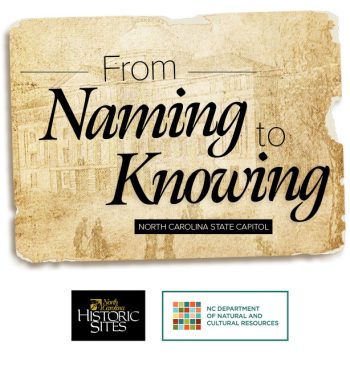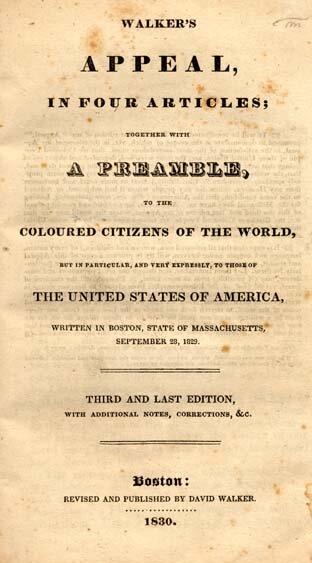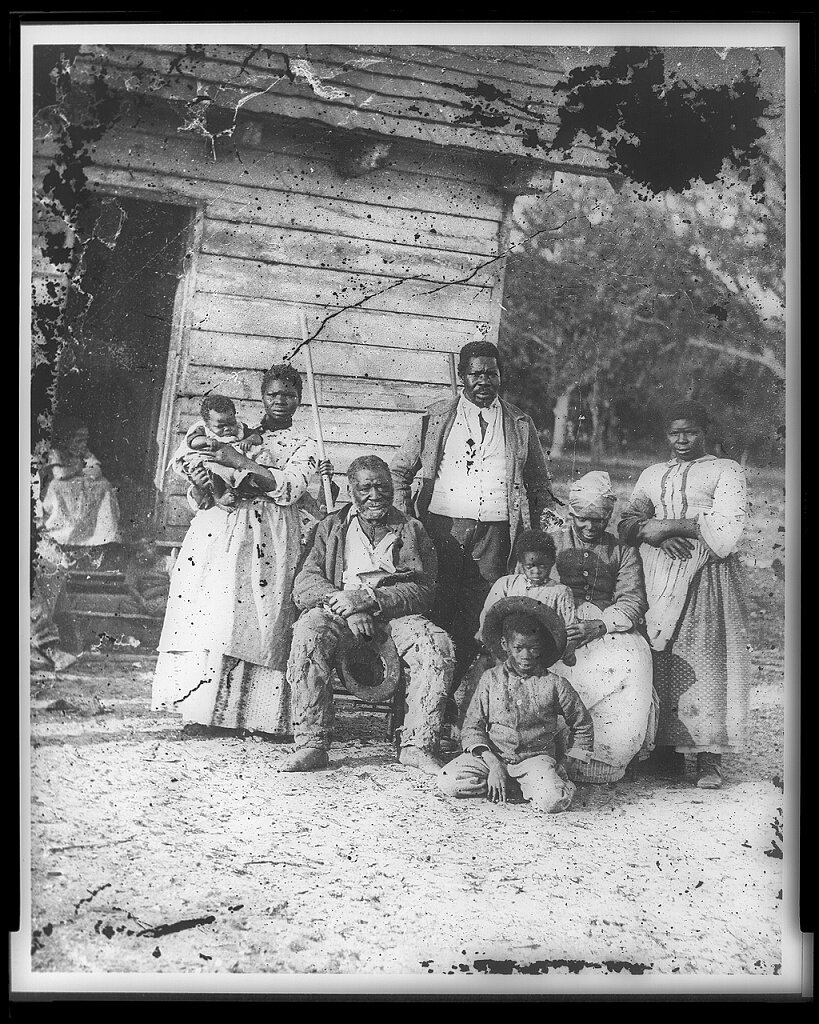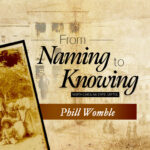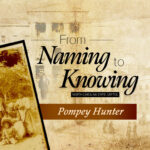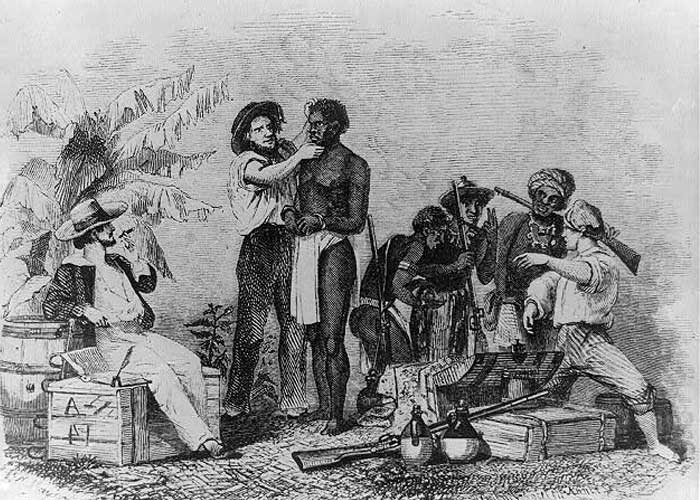
Slavery was part of life since the state’s first settlement by Europeans. While many of the first enslaved people in North Carolina came from other English colonies, from 1759 to 1787 eleven documented voyages brought approximately 2,000 enslaved Africans directly from Africa into the state.
During the colonial period, North Carolina originally lacked the extensive inland development of other colonies, and most of its non-Indigenous population was located in eastern port cities. Wilmington, a town in southeastern North Carolina on the Cape Fear River, was an important port for ships carrying enslaved people.
By 1767, about 40,000 enslaved people resided in the colony of North Carolina. Ninety percent of these people worked in agricultural jobs, such as field positions, with the remaining percentage engaged in domestic work or trades like butchering, carpentry, and tanning. Colonial laws tightly controlled the lives and movements of enslaved people. In 1741, laws were passed in North Carolina preventing enslaved people from raising their own livestock or from carrying guns without permission, even for hunting. There were also strict laws around manumission – the process of legally freeing enslaved people.
In 1790, a previously passed ban on importing enslaved people to North Carolina was repealed, allowing the state’s enslaved population to increase.
By 1800, around 140,000 Black people were living in North Carolina. Most of these people were enslaved, but a small number were Free Black people.
As the state developed through the nineteenth century, slavery in the eastern and coastal areas often involved large-scale commercial plantations. Generally, in central and western North Carolina, enslaved people were often essential in smaller farm-based agriculture and small manufacturing industries. Often enslaved people lived and worked in smaller groups, as over half of the state’s enslavers enslaved five or fewer people. An enslaved person in North Carolina might have been required to have many different types of skills, working in agriculture or other types of jobs at different times of the year.
The harsh laws and restrictions of slave codes passed during the colonial period remained actively enforced in North Carolina in the nineteenth century. Enslavers and the White population were terrified of uprisings of enslaved people. In 1829, David Walker, a free Black author from Wilmington, NC published “Walker’s Appeal,” a pamphlet calling for the immediate freedom of all enslaved people and asking for enslaved people to rebel against their situation. Though his “Appeal” was published in Boston, copies were smuggled into North Carolina and distributed across the state. Enslavers reacted by passing increasingly strict laws regarding enslaved people. One such law passed in 1830 made it illegal to teach enslaved people to read and write. In August 1831, Nat Turner, an enslaved preacher, led a slave rebellion in Virginia, attracting the support of around 75 enslaved people and killing around 60 White people. In the aftermath of this rebellion, state legislatures across the South passed harsher slave codes and restrictions, as well as harsher laws against Free Black people. An 1835 law in North Carolina prevented Free Black people from voting, attending school, or preaching in public.
The United States Civil War took place from 1861 to 1865 between the US and the states that seceded and formed the Confederacy. During the war, President Abraham Lincoln issued the Emancipation Proclamation, freeing enslaved people in the states comprising the Confederacy. The US’s victory and the end of the Civil War in 1865, marked the emancipation of more than 360,000 enslaved people in North Carolina. With Emancipation came opportunity, but also new and unique hardships as White people fought to uphold the deeply White supremacist systems enforced and perpetuated by slavery.
References:
- Census Of The United States, 1830-50, Record Group: Records of the Bureau of the Census, The National Archive, Washington, D.C.
- “Inspection and Sale of a Negro,” 1854, Found in the Library of Congress.
- Map of the City of Raleigh. Surveyed and drawn by J.W. Johnson, 1847. Accessed in the Raleigh History Collection, State Archives of North Carolina.
- O’Sullivan, Timothy. Five generations on Smith’s Plantation, Beaufort, South Carolina, 1862. Found in the Library of Congress.
- Report of the commissioners appointed to superintend the re-building of the State Capitol. Philo White, Printer to the State, Legislature of North Carolina, 1834. Accessed in the Raleigh History Collection, State Archives of North Carolina.
- State Capitol Construction Records, Treasurer’s and Comptroller’s Papers. State Archives of North Carolina.
- Walker, David. Walker’s Appeal, in Four Articles; Together with a Preamble, to the Coloured Citizens of the World, but in Particular, and Very Expressly, to Those of the United States of America, Written in Boston, State of Massachusetts, September 28, 1829, Found on DocSouth.
